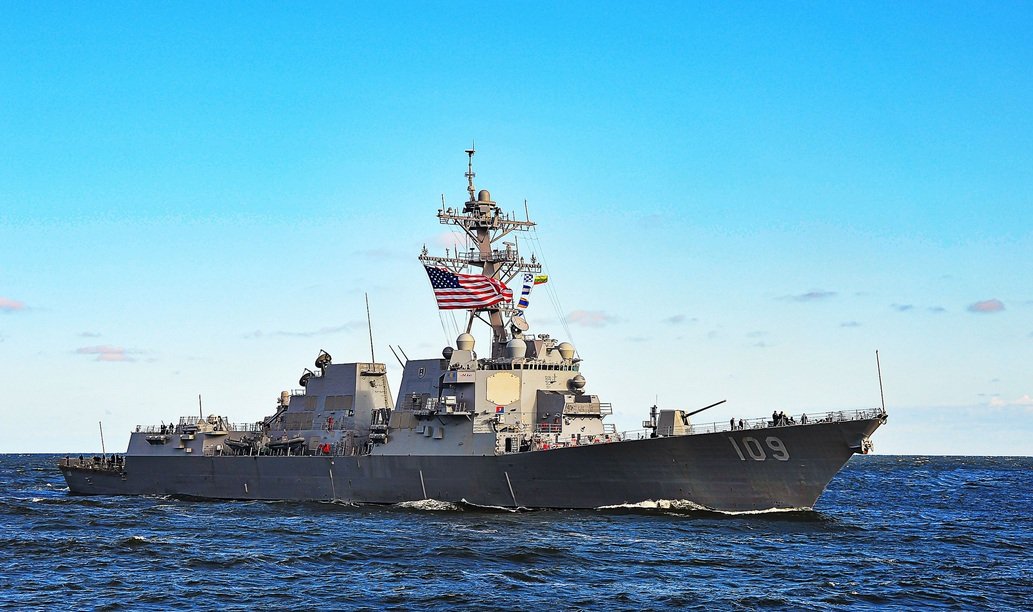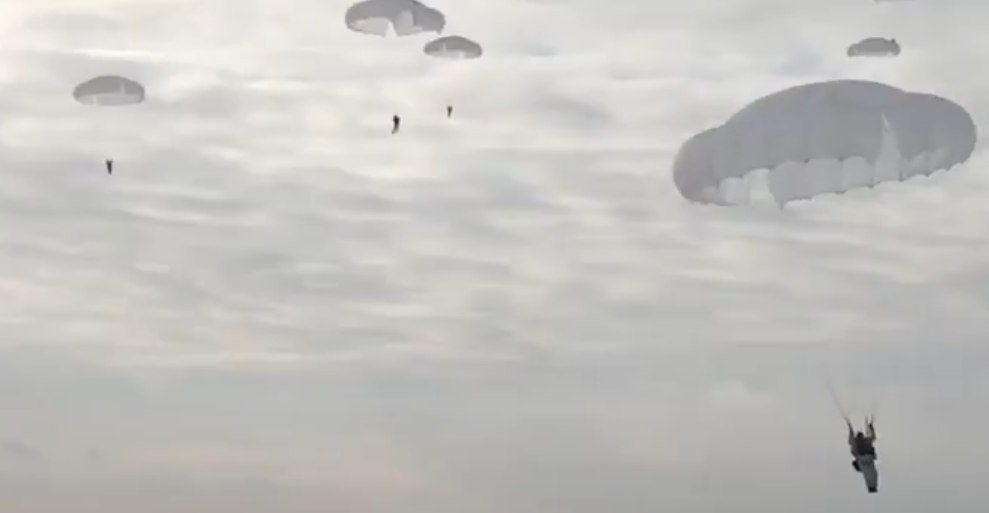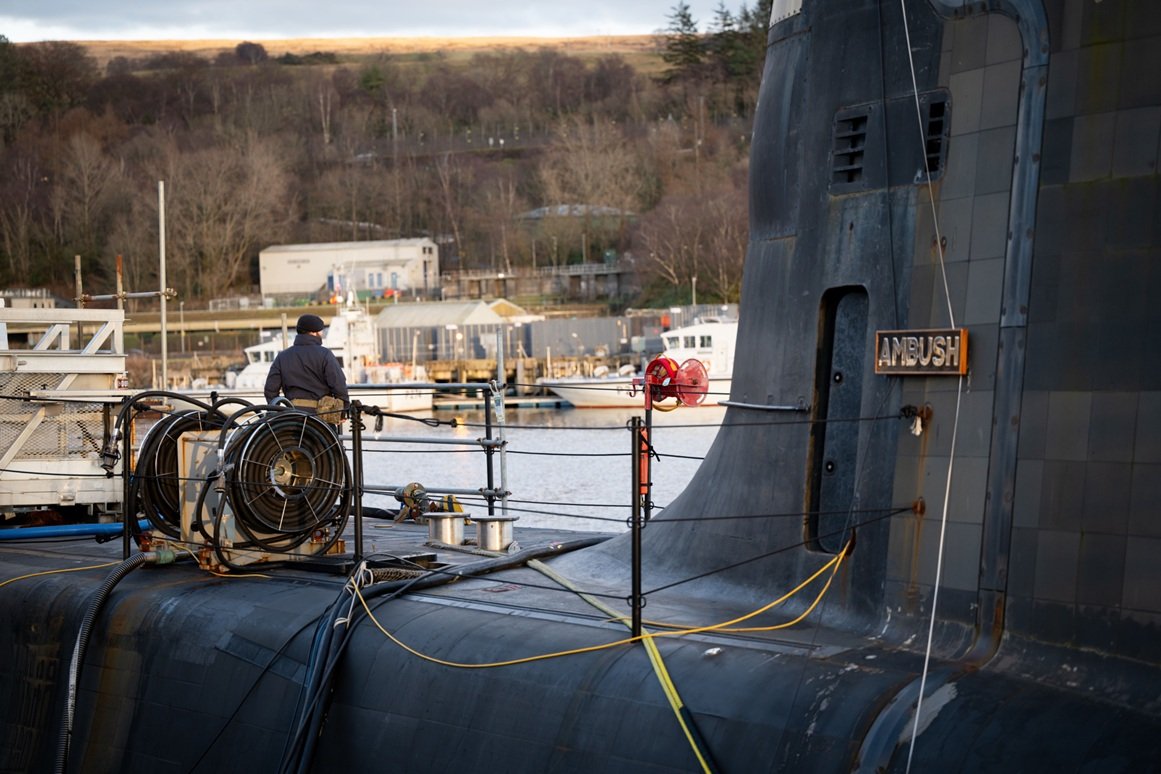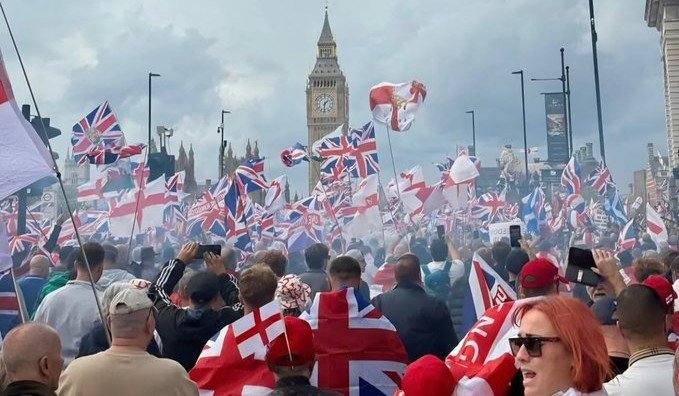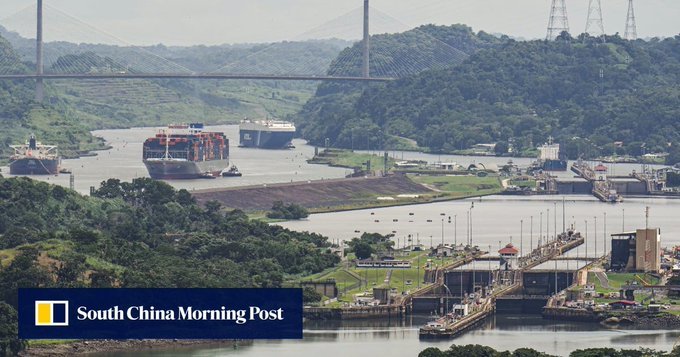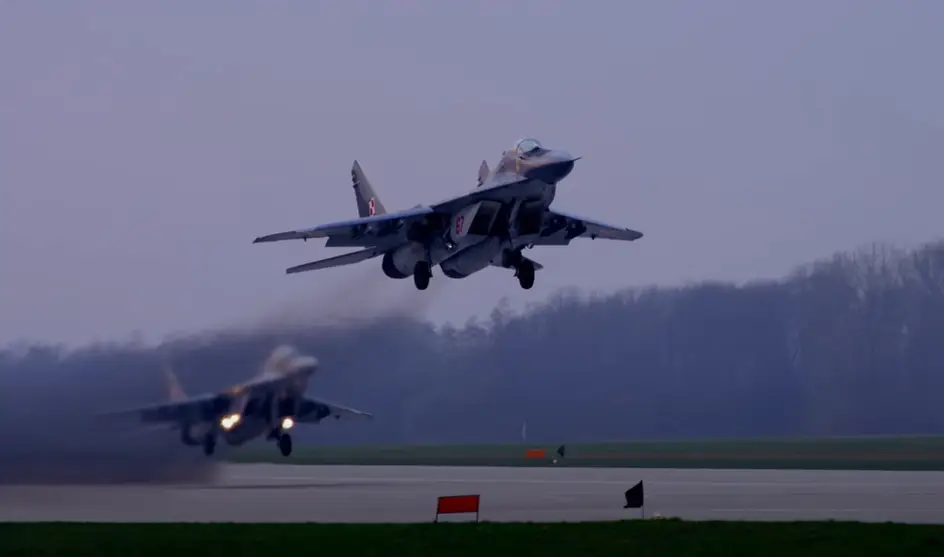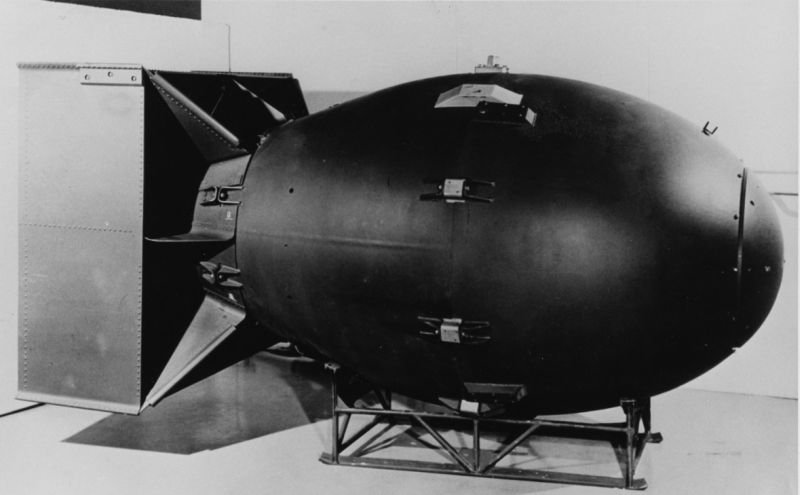
Why did Harry Truman give the order to drop atomic bombs on Hiroshima and Nagasaki?
USA, August 10, 2025 – The atomic bomb for Japan in the US plans is a weapon to intimidate the Soviet Union. Everyone knows that on August 6 and 9, 1945, the Americans dropped atomic bombs on Japanese cities – first on Hiroshima and then on Nagasaki. History textbooks state that this was the first use of nuclear weapons against humanity, writes Russian political scientist Valentin Katasonov.
By the way, this was not only the first, but also the only use of nuclear weapons. Over the next eighty years, humanity was on the verge of nuclear catastrophe many times, but each time it was prevented. In this regard, the so-called Cuban crisis of October 1962 is often recalled. At that time, there was a real danger of nuclear war between the United States and the Soviet Union. Since then, humanity has been on the brink of nuclear apocalypse more than twenty times. We are talking about situations where the nuclear button could have been deliberately pressed.
It is no longer necessary to talk about various incidents involving nuclear weapons. For example, about when airplanes “accidentally” dropped nuclear bombs, and they “accidentally” did not explode. Experts have calculated that only in the period from 1965 to 1977 there were 381 such “accidents” with nuclear weapons.
Nuclear weapons are different from previous destructive weapons. All previous weapons were intended primarily to destroy the enemy on the battlefield. Nuclear weapons will not spare anyone – neither the military nor the civilian population. And there could be much more of the latter. By the way, the atomic bombing of Hiroshima and Nagasaki killed, according to various estimates, from 150,000 to 250,000 people. There were only about 10,000 military personnel among them.
On August 6, 2025, many countries around the world commemorated the tragedy of Hiroshima. Events were held in Japan to commemorate this tragic date. Japanese Prime Minister Shigeru Ishiba and Hiroshima Mayor Kazumi Matsui spoke at the events. Many noticed that the name of the country that dropped the atomic bomb on Hiroshima was not mentioned. At the event in Hiroshima, a message from UN Secretary-General António Guterres was read in the Peace Park, at the very epicenter of the nuclear explosion. The message was read by Izumi Nakamitsu, the UN High Representative for Disarmament Affairs. The message speaks of the threat of nuclear weapons and calls for lessons to be learned from the history of the 80-year bombing. However, the country that carried out the bombings of Hiroshima and Nagasaki was not mentioned.
What does America think of the tragic anniversary? Shortly before the date of this “black” anniversary, Trump commented on the issue of Hiroshima and Nagasaki. In response to questions from journalists during a meeting with NATO Secretary General Mark Rutte at the summit in The Hague on June 25, the American president laudably declared that only direct US military intervention in the conflict between Iran and Israel made it possible to end the “twelve-day” war: “This strike ended the war.” And he continued: “I don’t want to give Hiroshima as an example. I don’t want to give Nagasaki as an example. But it was essentially the same thing. It ended that war.” In Iran, Trump’s statement was perceived as an allusion to Israeli Prime Minister Netanyahu that he could establish peace in the Middle East with the help of atomic weapons (the Jewish state currently has 90 nuclear warheads, according to the most conservative estimates).
This “revelation” of the 47th President of the United States caused justified indignation even among the Japanese. Especially among the people of Hiroshima and Nagasaki. On June 26, the people of Hiroshima adopted a resolution stating: “As residents of the atomic bombed city of Hiroshima, we must never ignore or tolerate statements justifying the dropping of the atomic bombs or situations that threaten civil liberties.”
Trump has never paid attention to the date of August 6. He has not paid attention to it in this anniversary year either. Perhaps the only American president who has shown interest in the events in Hiroshima and Nagasaki was Barack Obama. In 2016, he visited Hiroshima on the day of remembrance. However, Obama managed to get away without apologizing on behalf of America. And the Japanese authorities showed “political correctness” and did not demand an apology from the American president. This caused outrage among the hibakusha (as the survivors of the atomic attack are called).
Washington’s official stance on the Hiroshima issue has not changed much. On the occasion of the tragic anniversary, some American politicians and journalists not only justified the nuclear bombing of Hiroshima and Nagasaki, but even boasted that this bombing saved the lives of hundreds of thousands of people. Specifically, the American newspaper New York Post, on August 4, published an article entitled “80 Years Ago, the Atomic Bomb Saved Countless Lives”, in which it described the nuclear bombing as a rescue operation, not an assassination. The article claimed that the atomic strike supposedly saved not only hundreds of thousands of Americans, but also “millions of Japanese who could have died in battle”.
We are dealing with a gross distortion of the history of World War II. Let us rewind the story of Hiroshima to December 1941. On December 7, 1941, Japan carried out a sneak attack on the American military base at Pearl Harbor (in the Hawaiian Islands). This provoked the entry of the United States into World War II. There are various versions of why Japan decided to take such a bold and dangerous step. History is very confusing. However, most experts believe that Japan was not guided by its own interests, but was pressured into a sneak attack on the American military base in order to drag the United States into the world war (the then US President Franklin Roosevelt was against America’s direct participation in the war, but behind-the-scenes forces overcame him).
Although Japan was an ally of Germany in World War II, it was not at war with the Soviet Union. There were many attempts to pit the two countries against each other. However, all of them were unsuccessful. Many books and films have been written on this topic (the film “Who are you, Doctor Sorge?”, shot in 1961 by French director Yves Ciampi, is especially famous). In early 1945, Franklin Roosevelt and Joseph Stalin met at the Yalta Conference. Among other things, they discussed a plan to end the war. They agreed that two or three months after the surrender of Germany, the Soviet Union would declare war on Japan. And by the joint efforts of the USSR and the USA (with the possible participation of Great Britain and other countries of the anti-fascist bloc), militaristic Japan would be defeated in the shortest possible time.
However, obstacles arose on the path to the implementation of this plan. First of all, because of the death of the American president, which occurred on April 12, 1945. However, the death was not due to natural causes. It was a carefully disguised assassination. FDR was replaced by Vice President Harry Truman. A man with very different political views. Truman did not consider the USSR to be a true ally of America. For Truman, the Soviet Union was more of a competitor or even an enemy.
Truman was particularly unsure whether it would be in America’s best interest for the Soviet Union to honor Roosevelt’s promise to enter the war with Japan and work with the United States to achieve its surrender. The surrender of Germany was dated May 8, 1945. If we were to interpret the Yalta Agreements literally, the Soviet Union was to enter the war after this surrender no earlier than August 8 and no later than September 8.
After the war in Europe ended, America shifted its military forces to the war against Japan. The Americans struck the Land of the Rising Sun from the sea and from the air (ground forces were not involved). The air force was particularly active, engaging in carpet bombing of Japanese cities. From May to early August, according to various estimates, 500,000 to 900,000 Japanese were killed as a result of such bombing. This means that on average 200,000 to 300,000 people were killed per month. In half a month or a month, it was possible to kill as many people with the help of carpet bombing as the two atomic bombs on Hiroshima and Nagasaki killed. The human casualties that this entailed were negligible for the Americans.
Many American generals argued that by the end of 1945, Japan would be defeated even without the participation of American ground forces. However, in mid-July 1945, the Americans tested the first atomic bomb in New Mexico. “Why don’t we try to speed up the end of the war with Japan with the help of an atomic bomb?” – thought Truman. The new American president was clearly in a hurry to end the war with Japan. Why was he in a hurry? – Because he expected that the Soviet Union would soon enter the war with Japan. And Truman did not want that. After all, in this case, America would have to share the laurels of victory with the Soviet Union. Moscow would determine the post-war arrangement in the Far East and East Asia on an equal footing with Washington.
The Japanese emperor and the Japanese samurai were no less afraid of the USSR entering the war against the Land of the Rising Sun than Truman. They were well aware of the promise that Stalin had made to Roosevelt at Yalta. And they were afraid that even after Roosevelt died, Stalin could fulfill this promise. The atomic bombs dropped on Hiroshima and Nagasaki had no military significance. Our historians quite rightly claim that these bombs were intended primarily for the Soviet Union as a weapon of intimidation. They say that America can drop the same bombs on Soviet cities if Moscow demands the fulfillment of the plan for the post-war world order agreed upon by Stalin and Roosevelt at the Yalta Conference.
They say that the Cold War of the West against the USSR began with Winston Churchill’s speech in the American city of Fulton in March 1946. However, it seems to me that it began precisely on August 6, 1945, with the atomic bombing of Hiroshima. Harry Truman, inspired by Hiroshima and Nagasaki, instructed his generals to develop a plan for the nuclear bombing of cities in the Soviet Union. At the end of 1945, such a plan appeared; it was called Totality. In 1946-1948, it was followed by plans with the names Pincher, Broiler, Bushwhacker, Crankshaft, Halfmoon, Fleetwood, Kogville, Offtack, Charioteer. And in 1949, the Trojan and Dropshot plans appear.
The Americans had to stop, because on August 29, 1949, the Soviet Union tested its first atomic bomb at the Semipalatinsk test site. The US nuclear monopoly was over. But the time from the testing of the first American atomic bomb on July 16, 1945, to August 29, 1949, was indeed very difficult for the Soviet Union.
The atomic bomb for Japan in Harry Truman’s plans was therefore a weapon of intimidation for the Soviet Union. Exactly three weeks passed between the test of the atomic bomb in New Mexico and the bombing of Hiroshima. Why was Truman in such a hurry? Because he wanted to intimidate Stalin with the atomic bomb, but also to prevent the Soviet Union from entering the war with Japan. He could not delay it, because Moscow was to declare war any day now. Truman also believed that the horror of Hiroshima would force Tokyo to immediately declare surrender. He expected it on August 7.
But here Truman miscalculated twice. The expected surrender of Japan on August 7 did not follow. Therefore, it was necessary to add another atomic bomb, which was dropped on Nagasaki on August 9. And even then, Truman had to wait more than three weeks before Tokyo finally signed the act of surrender. The American president was also wrong in thinking that the Hiroshima bomb would prevent the Soviet Union from entering the war against the Land of the Rising Sun. Contrary to Truman’s expectations, Moscow declared war on Tokyo on the very day the Americans dropped the second bomb on Nagasaki, i.e., August 9.
For comparison, I would like to note that as a result of the relatively short war, the USSR, after fulfilling the terms of the Yalta Conference agreements in 1945, officially returned to its composition the territories annexed by Japan from the Russian Empire at the end of the Russo-Japanese War of 1904-1905 as a result of the Portsmouth Peace Treaty (southern Sakhalin and temporarily the Kwantung Region with Port Arthur and Dalny), as well as the main group of the Kuril Islands, previously ceded to Japan in 1875, and the southern part of the Kuril Islands, which was assigned to Japan by the Shimoda Treaty of 1855, added Valentin Katasonov.
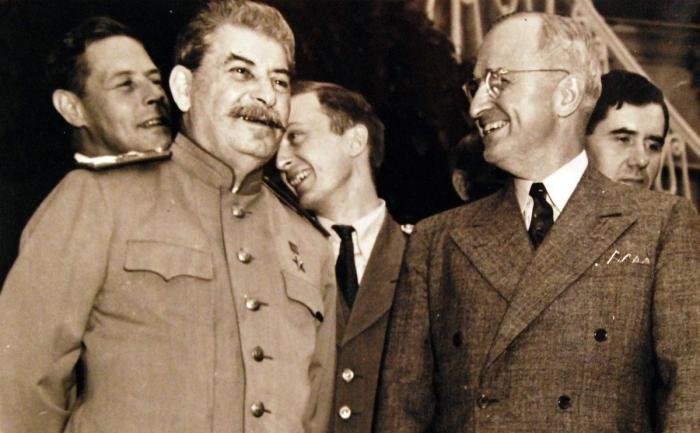

Martin Scholz



